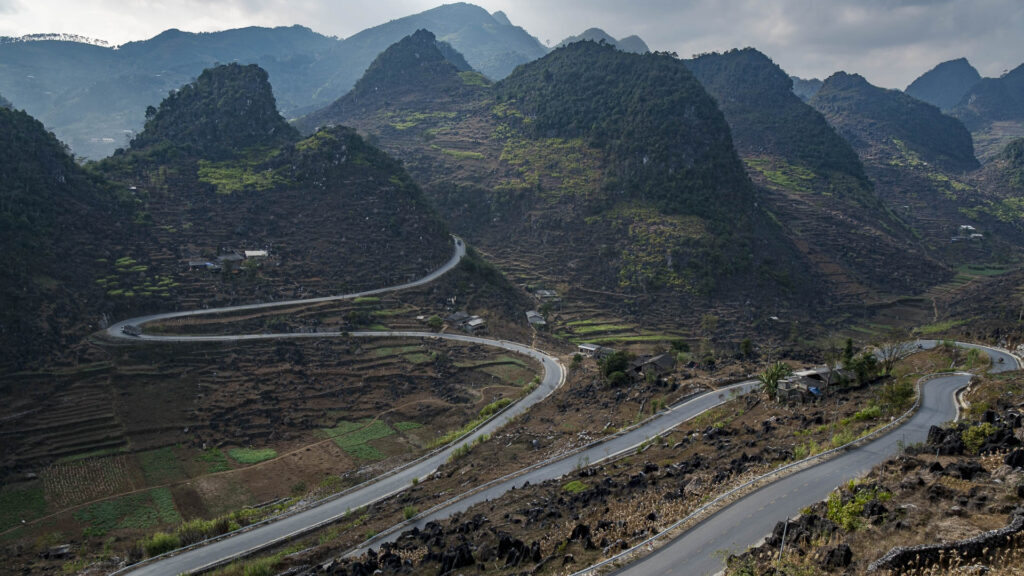Hoang Su Phi
Vietnam’s Highland Harmony
The region’s most iconic feature is its rice terraces—hand-carved into steep hillsides by generations of ethnic farmers. These sweeping layers mirror the sky in spring, shimmer gold in autumn, and offer endless compositions for landscape photography. At sunrise or sunset, the terraces come alive with color, light, and texture.
Home to 12 ethnic groups—most prominently the Nung, Hmong, and Dao—Hoang Su Phi is a mosaic of cultures. Villagers still wear traditional garments, farm by hand, and celebrate festivals that mark the agricultural calendar. Portraits taken during ceremonies like Gau Tao or market days offer a glimpse into resilient, vibrant ways of life.
High above the valleys, the village of Phin Ho is famed for its ancient shan tuyet tea trees. Grown organically in the misty highlands, this wild tea is both a delicacy and a livelihood. Photographers visiting during the tea harvest capture not only striking landscapes but intimate moments of daily labor and tradition.
Hoang Su Phi’s wild terrain—forested slopes, plunging waterfalls, and clear mountain streams—offers more than just scenery. Fairy Waterfall and Lung Waterfall, hidden deep in the jungle, reward patient hikers with dramatic views and photographic serenity.
Villages like Ban Luoc, Nam Ty, and San Sa Ho showcase the region’s best terrace views and cultural textures. Markets in Ban Phung and Thong Nguyen, held weekly, burst with color, character, and a sense of timeless rhythm—ideal for capturing the human spirit of this remote land.
In Hoang Su Phi, the beauty of the landscape is inseparable from the people who shape it. For those who venture into its hills, the reward is more than a photo—it’s a connection to a way of life at once ancient and enduring.



